How to Find the Right Place for Your Home Office
Surroundings have a certain amount of influence over the decisions we make and our mood, which is why it’s so important to find the right location to work from, especially if you’re spending a lot of time there.
5-Minute Crafts looked into the best locations to work from home to help you boost your productivity while keeping you comfortable at the same time.
If you have a spare room
Having a separate room for a singular purpose can make you more focused. This is because it helps your brain not to have to work against your environment to get things done. Additionally, other family members won’t draw your attention away with their activities.
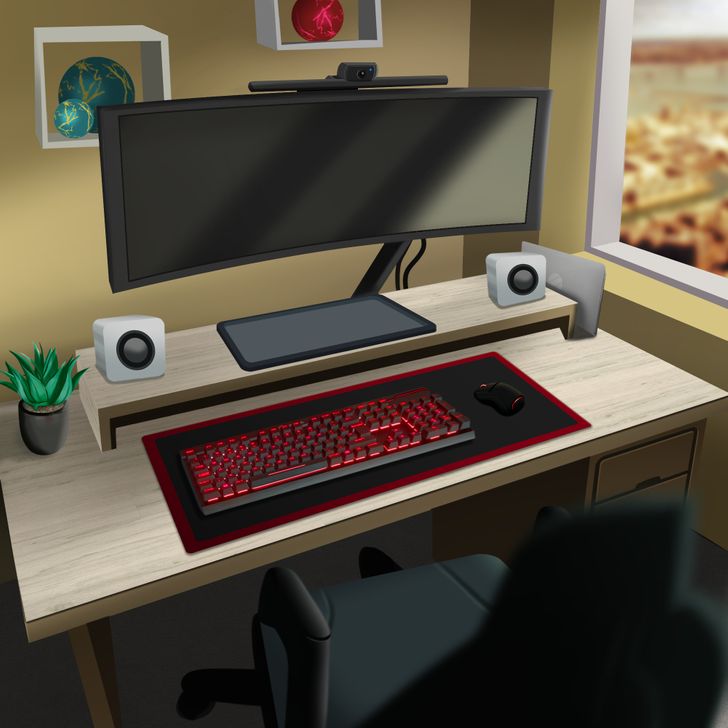
If you do have a spare room, you’re in an ideal situation, but you might still need to decide on what the best location for your setup is.
🟢 Your best option is to use an extra bedroom that you can turn into an office. Here, you can truly create the full office experience or use as much or as little space as you need. In addition, since this is a dedicated workspace, you can decorate it as you like and take care of all functional needs.
Less suitable options include:
🟡 A converted garage: This can be a great place to work at but it might require a large investment for it to become a fully functioning home workspace, plus you may need to park your car outside.
🟠 Basement: While increasingly popular, basements can have moisture, especially at certain times of the year, which is bad for your health, and if you plan to store documents or computer equipment that can be affected by heat, cold, or dampness, this may not be the ideal spot.
❌ Attic: Most attics are shaped oddly, with low or slanted roofs that can reduce the use of much of the space, and they’re also subject to great changes in temperature, as well as pests (bats, squirrels, mice, bugs, etc.).
If you don’t have a spare room
In this case, you’ll likely have to think creatively and do the best with what you’ve got. But you can turn any place in your home into a workspace provided that the Internet, electricity, and other utilities are made available there.
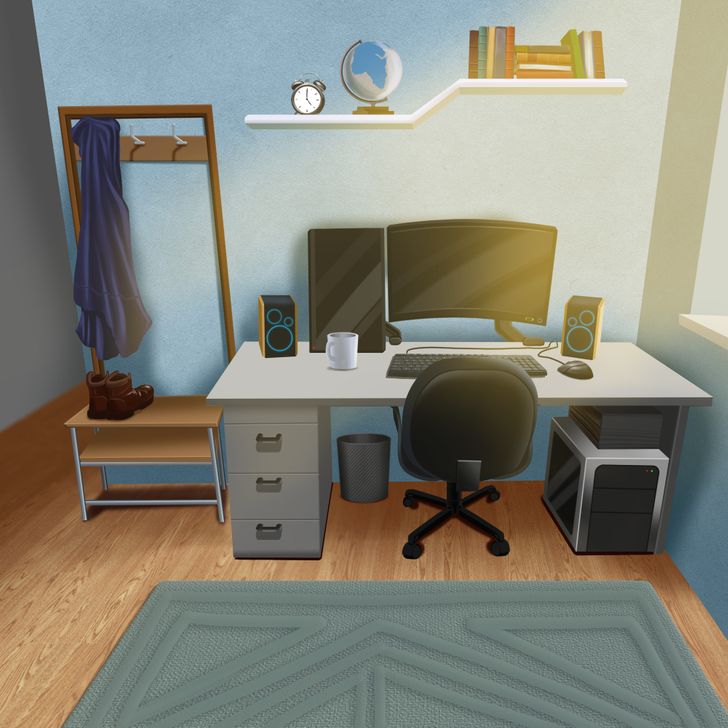
🟢 Your best shot for a stationary workplace is a spare corner. It’s the least expensive way to set up a home workspace, but it also comes with some disadvantages, like if you don’t live alone, having to deal with noise and a lack of privacy.

If you prefer a moving office, you might be able to choose amongst these options:
🟢 Dining room: This is one of the most popular options because it’s cheap, quick, and often used only on occasion. Depending on your needs, it could be ideal, like if you need to spread out paperwork on a large table.
🟡 Kitchen: This is also a popular option, since the lighting is probably appropriate and the atmosphere is often cheery. But it works best for part-time workers that live alone since the kitchen is a busy room and you might be tempted to snack. You can use a foldout desk with a filing cabinet below and a hutch above.
- Note: Resetting your office after every meal may not appeal to you, but remember that once you’re done for the day, putting away your stuff can force you to disengage from work and relax.
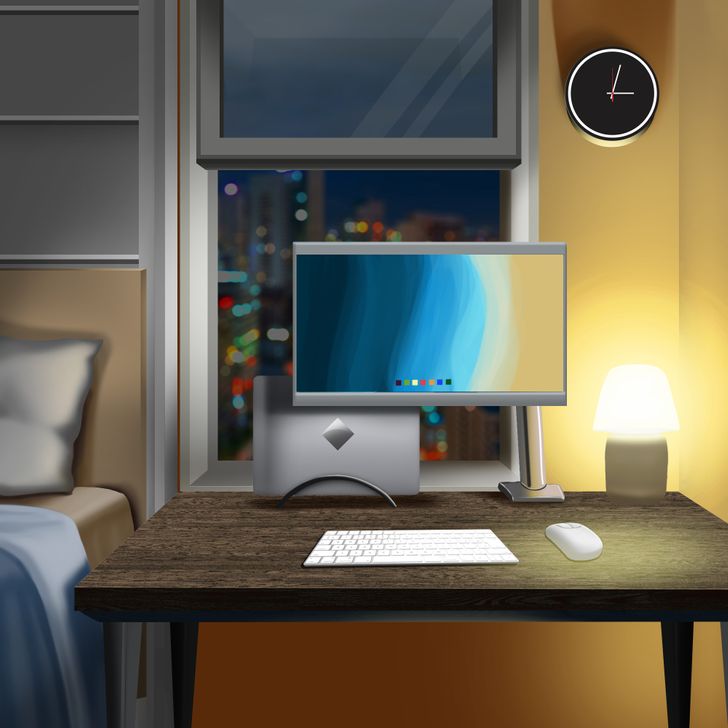
❌ Avoid using your bedroom as an office: If you don’t, you might find it hard to separate work from home. If you don’t have another option, you might want to consider adding a privacy divider to your home office setup.
In any case
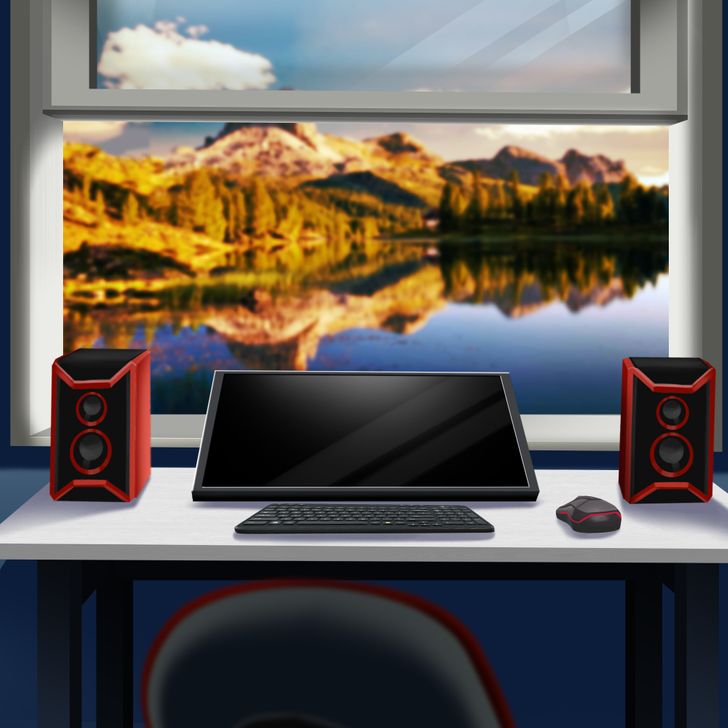
- Try setting up by a window: If possible, position your workspace near a window so you can catch some sun and relax your strained eyes at times by looking at the landscape. Doing this might make you feel more awake while helping maintain a sense of connection to the outdoors. Also, natural light could improve productivity and boost your mood. After all, bright, natural light is best for working on a computer or reading.
- If you can’t set up by a window: Try sitting as close to one as possible since it’s also important for air circulation.
- Find a room with proper air circulation: Your workspace should have openings and ventilation. If necessary, install an air conditioner to cool down the workspace area.
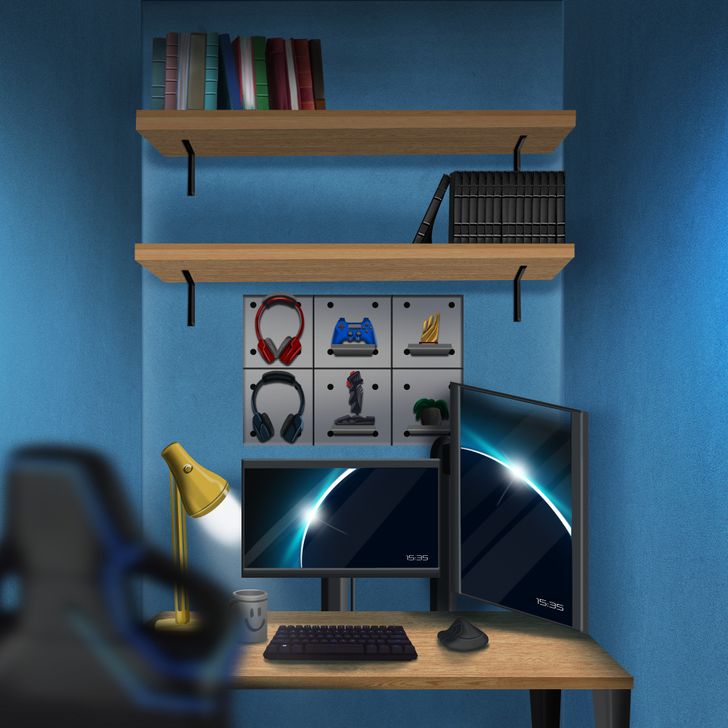
- Maximize your storage options: Home offices tend to be tiny, even when you have a dedicated room, so don’t just think side-to-side in terms of storage, think vertically too. A hutch, tall bookcases, or even floating shelves can give you more storage without taking up precious floor space.
- If you’re the type of person that needs to focus while you work, you could leave the surroundings of your workspace plain without any decor.